The very best in the world
The thirteenth edition of Norway Chess began with a fittingly dramatic and high-quality round of classical chess in Stavanger. As expected from a lineup that includes six of the world's top eight players, the opening day's fixtures were immediately compelling.
The highlight was, without question, the clash between reigning world champion Dommaraju Gukesh and world number one Magnus Carlsen - their first classical encounter since Gukesh claimed the world title. Elsewhere, the all-American pairing of Hikaru Nakamura and Fabiano Caruana provided another headline matchup, while the face-off between Wei Yi and Arjun Erigaisi pitted the event's "underdogs" against each other - a relative term given the strength of both players.
Carlsen and Nakamura emerged as the only winners in the classical portion of round one, each earning the full 3 points awarded for such victories in the Norway Chess scoring system. Arjun Erigaisi, meanwhile, defeated Wei Yi in an Armageddon tiebreak after their classical game ended in a draw, thus securing 1½ points to Wei’s 1.
Standings after round 1
| Rk |
Name |
FED |
Rtg |
Pts |
| 1 |
Magnus Carlsen |
NOR |
2837 |
3 |
| 2 |
Hikaru Nakamura |
USA |
2804 |
3 |
| 3 |
Arjun Erigaisi |
IND |
2782 |
1½ |
| 4 |
Wei Yi |
CHN |
2758 |
1 |
| 5 |
Gukesh Dommaraju |
IND |
2787 |
0 |
| 6 |
Fabiano Caruana |
USA |
2776 |
0 |
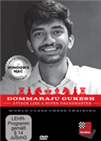 In this Fritztrainer: “Attack like a Super GM” with Gukesh we touch upon all aspects of his play, with special emphasis on how you can become a better attacking player.
In this Fritztrainer: “Attack like a Super GM” with Gukesh we touch upon all aspects of his play, with special emphasis on how you can become a better attacking player.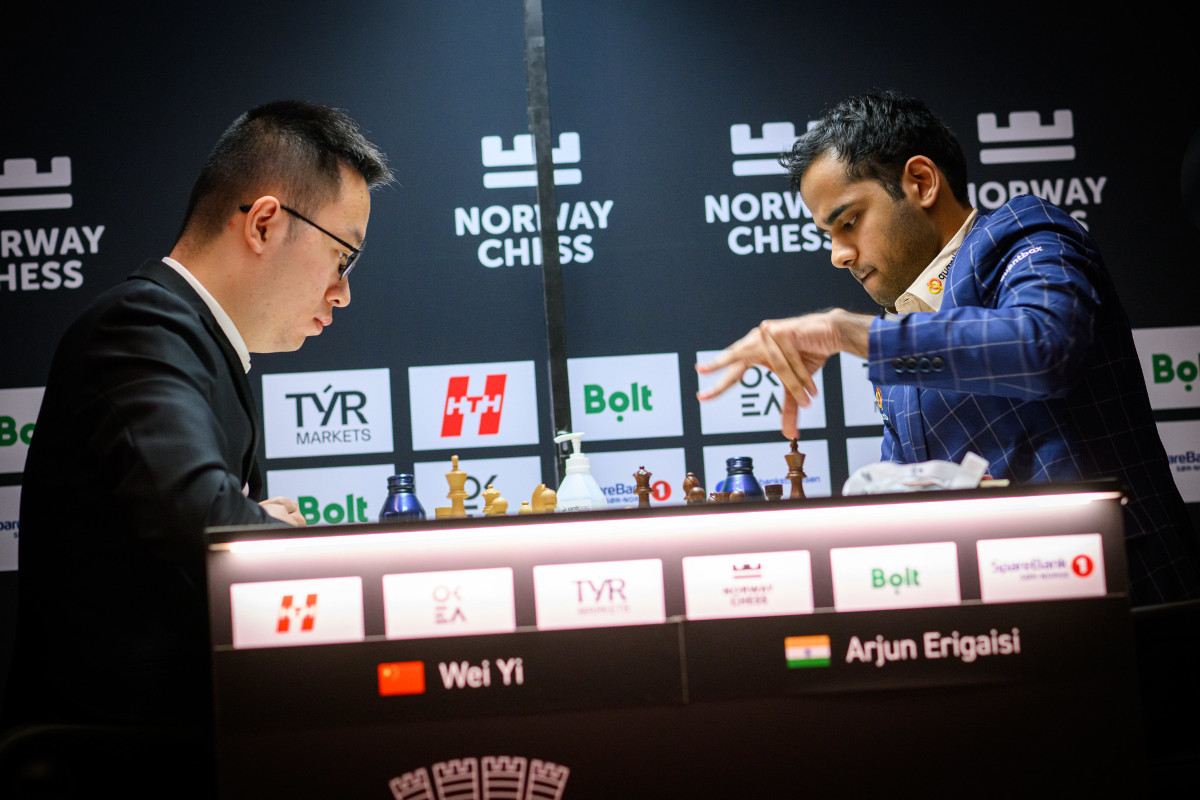
Arjun Erigaisi defeated Wei Yi in Armageddon | Photo: Michal Walusza
The most anticipated game of the round saw Carlsen, the six-time winner in Stavanger, take on the young world champion Gukesh. The players soon reached a complex middlegame featuring no queens but two rooks and a knight each, with imbalanced pawn structures on either side. The nature of the position demanded deep calculation, and with the Stavanger time control only adding 10-second increments from move 41 (as opposed to the 30-second increments standard in most elite tournaments), time management played a significant role.
Both players navigated the complications with impressive precision. The position remained dynamically balanced as the tension built, culminating in a sharp pawn race. Gukesh correctly judged that pushing his kingside majority was the right plan, so he decided to give up his knight with 42...h3
This allowed 43.exf6, but Black got to queen first with 43...h2 44.f7 h1=Q. The game teetered on a knife's edge.
The key moment came four moves later. After intense back-and-forth manoeuvring, Gukesh, with less than 30 seconds remaining on his clock, faltered with 46...Qh6+
Carlsen still had a minute and a half, and crucially, he kept his cool. The correct move for Black, instead of the immediate queen move, was 46...Rg2+. After 47.Nd2, then 47...Qh6+ would have led to a drawing sequence via perpetual check.
Instead, Carlsen punished the error with a sequence of forcing moves: 47.Kc2 Qg6+ 48.Kb2 Qb6+ 49.Ka2 Rg2+ 50.Ka3 Qb2+ 51.Ka4. White's king reached safety on the queenside, and Black no longer had sufficient checks to maintain the balance.
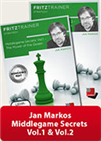 Let us learn together how to find the best spot for the queen in the early middle�game, how to navigate this piece around the board, how to time the queen attack, how to decide whether to exchange it or not, and much more!
Let us learn together how to find the best spot for the queen in the early middle�game, how to navigate this piece around the board, how to time the queen attack, how to decide whether to exchange it or not, and much more!Gukesh grabbed the white knight with 51...Qxc3, but that only led to his own king becoming the hunted piece. Carlsen's continuation with 52.Qh8+ Kg6 53.Ra6+ initiated a winning attack, sealing a dramatic and instructive victory.
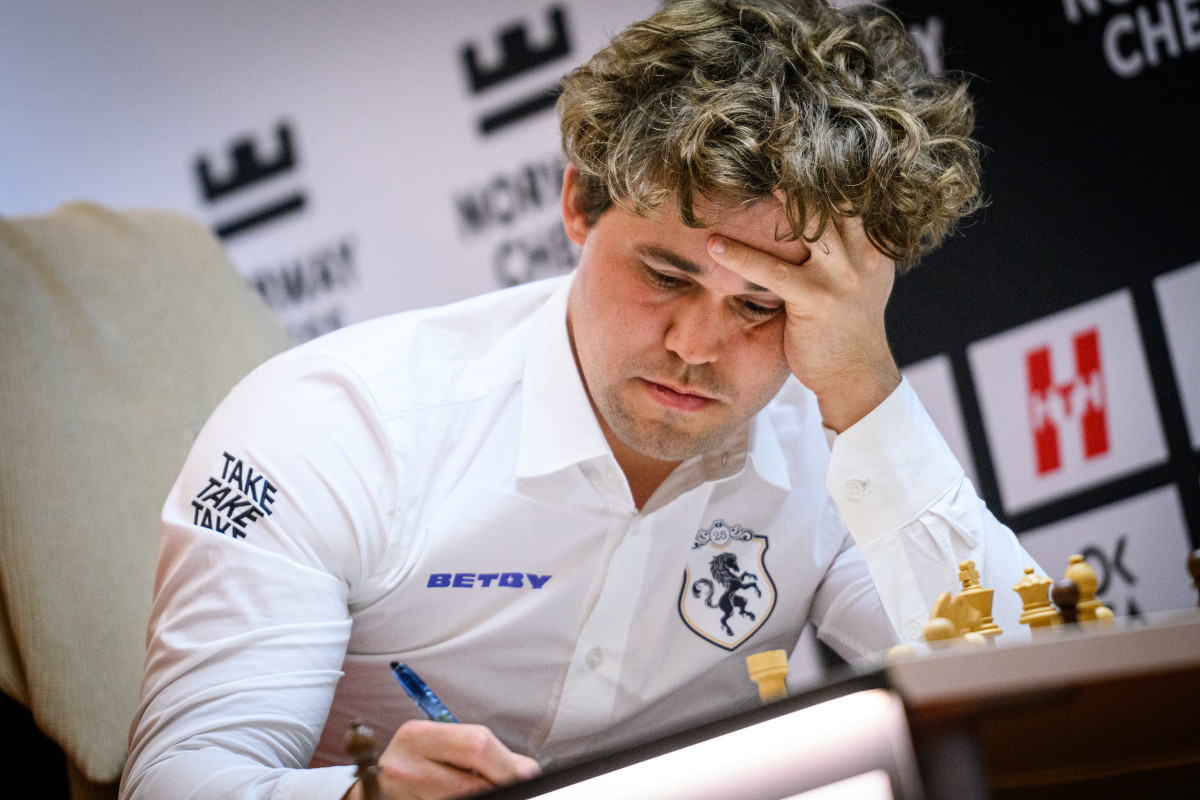
Magnus Carlsen | Photo: Michal Walusza
The other marquee pairing of the round saw Hikaru Nakamura take on fellow US star Fabiano Caruana. The game appeared headed towards a draw for much of its duration, with Nakamura himself confessing mid-game in the event's "confession booth" that he was "bored out of [his] mind" and expected the position to fizzle out peacefully. In fact, Nakamura later confessed that he had offered a draw, which Caruana had rejected.
Despite the outward appearance of equality, the endgame required careful play. Nakamura had a slight edge thanks to his pair of knights facing Caruana's bishop and knight in a closed structure, where manoeuvring possibilities could gradually tilt the balance.
The decisive moment came much later, on move 66, when Caruana played 66.Na4, the encounter's critical mistake.
The knight had been guarding e4 from c5, and with its retreat, Nakamura seized the opportunity to play 66...Ne4. If the knight had remained on c5, it would have been able to recapture on e4 and maintain equality. Now, however, after 67.Bxe4 dxe4 68.Nc3 Nf5, Nakamura had a clear advantage.
His knights began to dominate the board, and with White's king cut off and unable to assist, the game was swiftly brought to its conclusion. Just six moves after the blunder, the black king had reached d2, penetrating into White’s position with decisive effect.
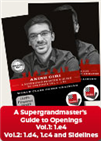 This video course includes GM Anish Giri's deep insights and IM Sagar Shah's pertinent questions to the super GM. In Vol.1 all the openings after 1.e4 are covered.
This video course includes GM Anish Giri's deep insights and IM Sagar Shah's pertinent questions to the super GM. In Vol.1 all the openings after 1.e4 are covered.Caruana had no way to resist further material losses, and Nakamura notched up a full-point victory in a game that was equal for long stretches.
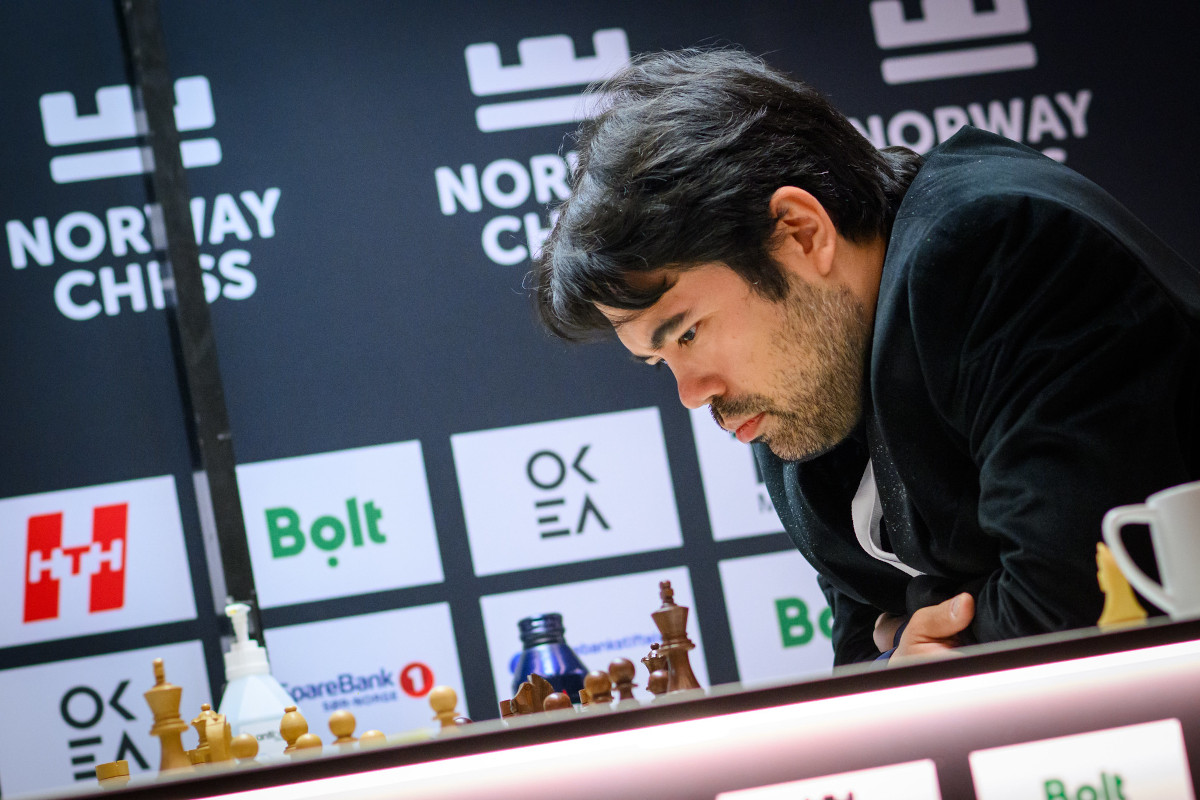
Hikaru Nakamura | Photo: Michal Walusza
All games - Classical
All games - Armageddon
Links
.jpeg)

























